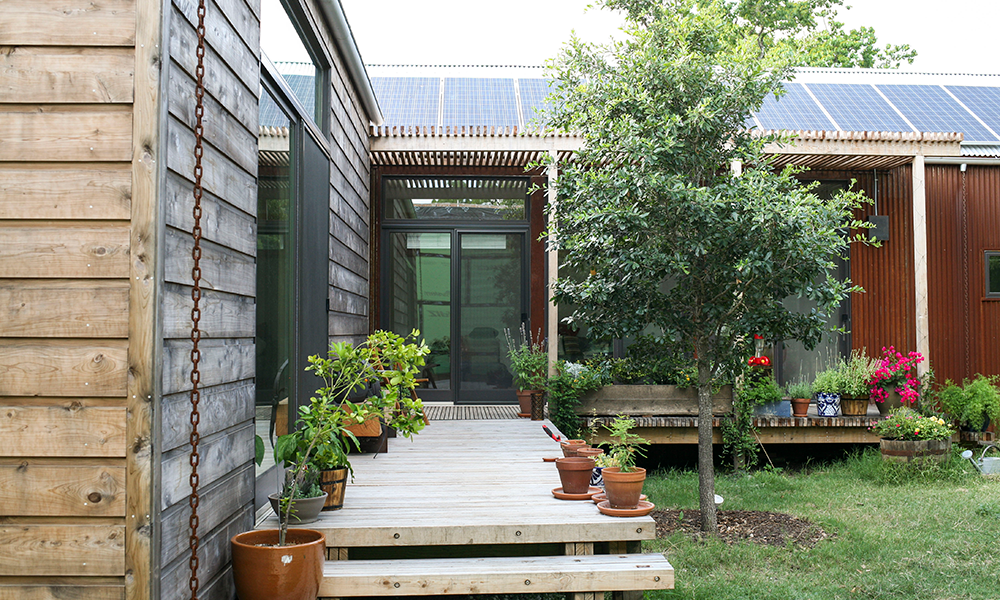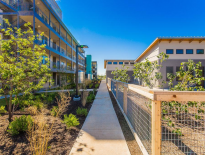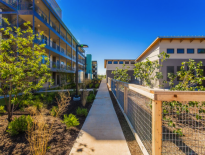Actively Dismantling White Supremacy
First: this is not a “trend”. We’re including it in this list as a reminder to recommit to this ongoing work. This work underlies all that we do as a green building community, and is imperative for the reclamation of our full humanity.
As our Board Chair, Anthony Guerrero, said earlier this year:
“Achieving equity and racial justice demands standing in the literal and virtual front lines with our fellow Americans and global citizens, and saying “No More.” Be courageous in this moment. Be as courageous as you are when designing a living building or living community. Be committed in this moment. At a certain point, the protests will stop–the media will move on–but your voice will still be needed: to plan, to organize, to vote, and to support change.”
We centered this work in our 15th annual Living Future Conference.
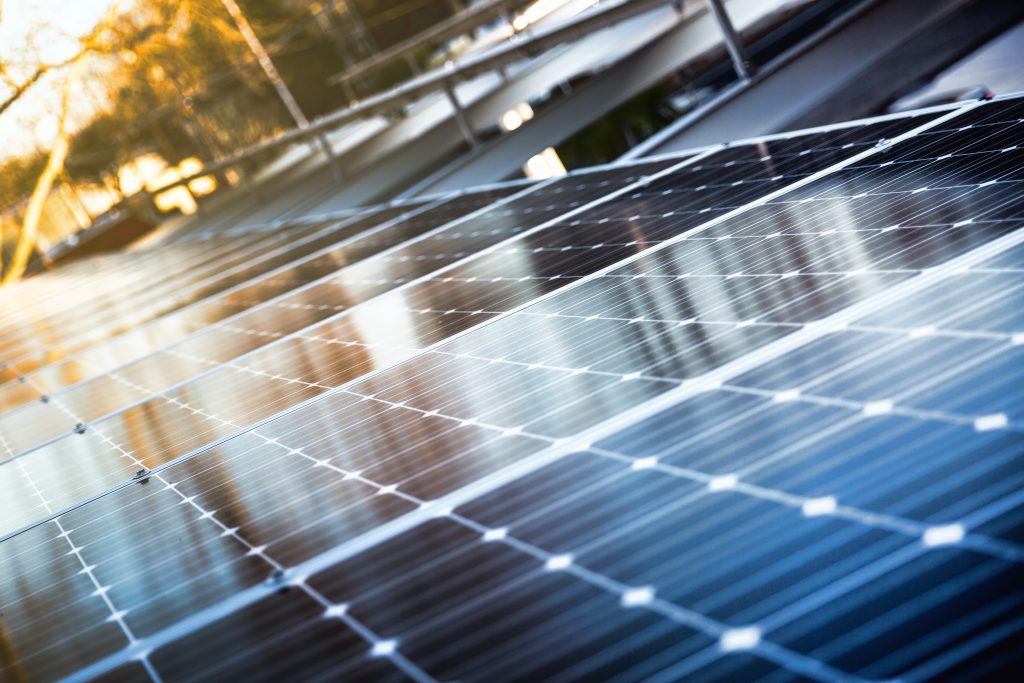
- Building Electrification
What is your energy source, and where does your energy come from? This relatively simple question often requires a detailed answer. This year, it’s time to take some time to familiarize yourself with the energy systems in your area. It’s common in the United States and in many other parts of the world for fossil-fuel based energy providers to have sole jurisdiction, or even a monopoly, over a region or municipality.
This lack of competition and accountability can not only prevent clean energy alternatives from entering the market, but it can also lead to the externalization of these companies’ waste. “Minority and low-income neighborhoods and communities in transition are disproportionately targeted by industries that follow the path of least resistance when deciding where to locate hazardous waste sites and other polluting facilities.”
With the cost of solar dropping every day, and legislation to support building electrification gaining momentum in some of the world’s most powerful economies, it’s time to go electric!
There’s never been a better time than to transition your property to Zero Energy, or Zero Carbon, and certifying it with ILFI.
Renting? Our certifications can also validate interior spaces.
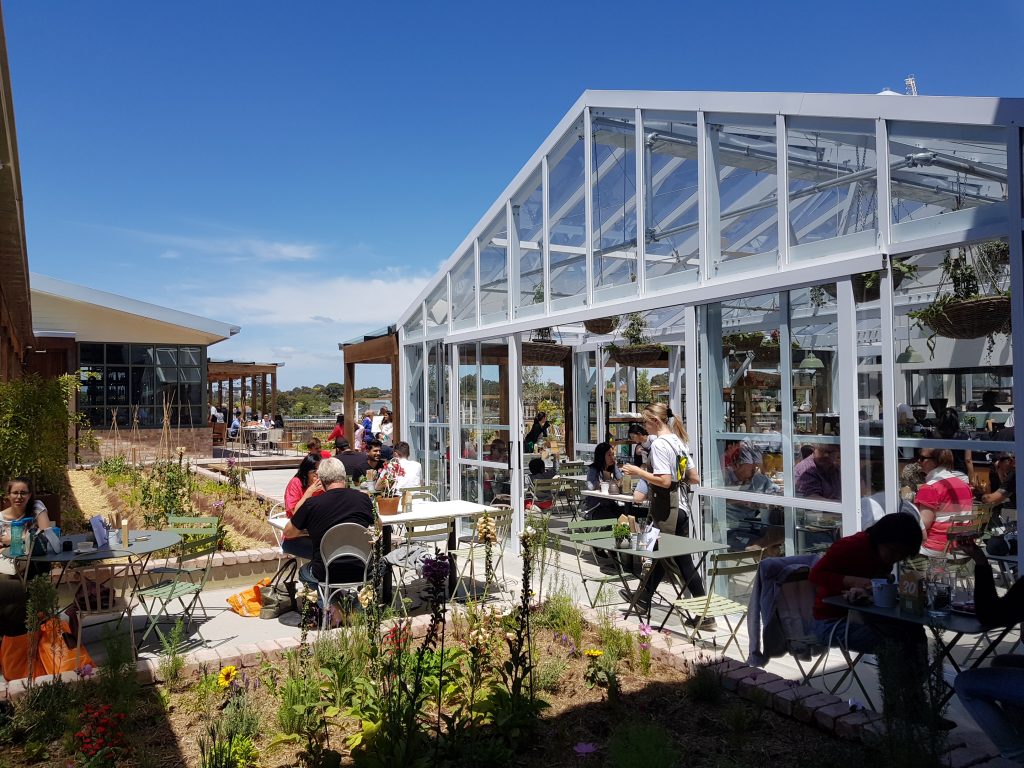
2. The Brilliance and Power of our Artists + Makers
There’s nothing quite like the connection you have with those who see and appreciate your work. Most of you who help create buildings for clients know the extra work it takes to make something a place, instead of just a space.
Leverage your professional capitol to support your local community as the pandemic continues: buy local, and buy with love. In this time of increased online shopping, (which even the UN is writing about!) it’s more important than ever to consciously support your neighbors.
If this feels like a daunting task, start by re-examining who you’re following online – we like what acclaimed writer, stylist, and consultant Aja Barber has to say on that subject.
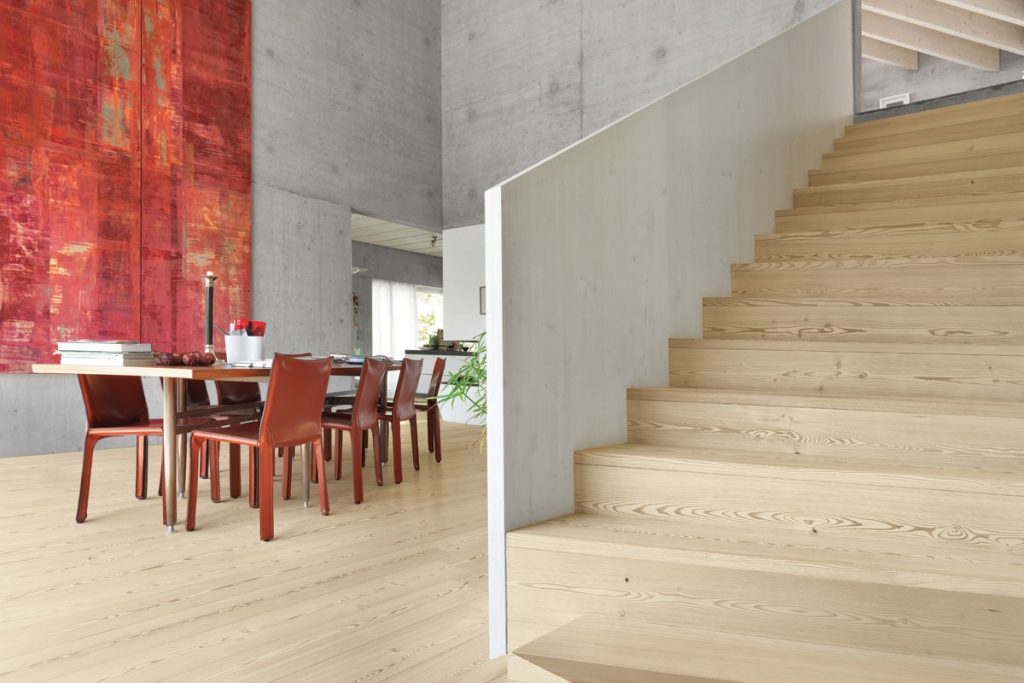
3. Healthy Products for Everyone
Now that we’re all working, eating, sleeping, and spending time in the same space day in and day out, you’re probably obsessing over indoor air quality, natural light, and biophilic design more than ever before. But what about the paint, carpet, and furnishings in these daylight-filled, well-ventilated rooms?
In 2015, a study called “Little Things Matter” looked into this issue. It was a national Canadian study of 5,000 children. The following statistics indicate the percentage of children these substances, many of them common in building products, were found in, and at what rate (parts per billion).
Mercury – 89% (0.6 ppb)
Lead – 100% (11.7 ppb)
OP Pesticides – 83% (17 ppb)
PCBs – 100% (19.6 ppb)
BPA – 96% (2.5 ppb)
PBDEs – 100% (10.4 ppb)
To put this information in context, Ritalin, a prescription drug, is prescribed to children at rates at or below the blood content of these substances. There’s still only one label that truly digs into these details (10x further than any other product label on the market): Declare. Check out the product database here.
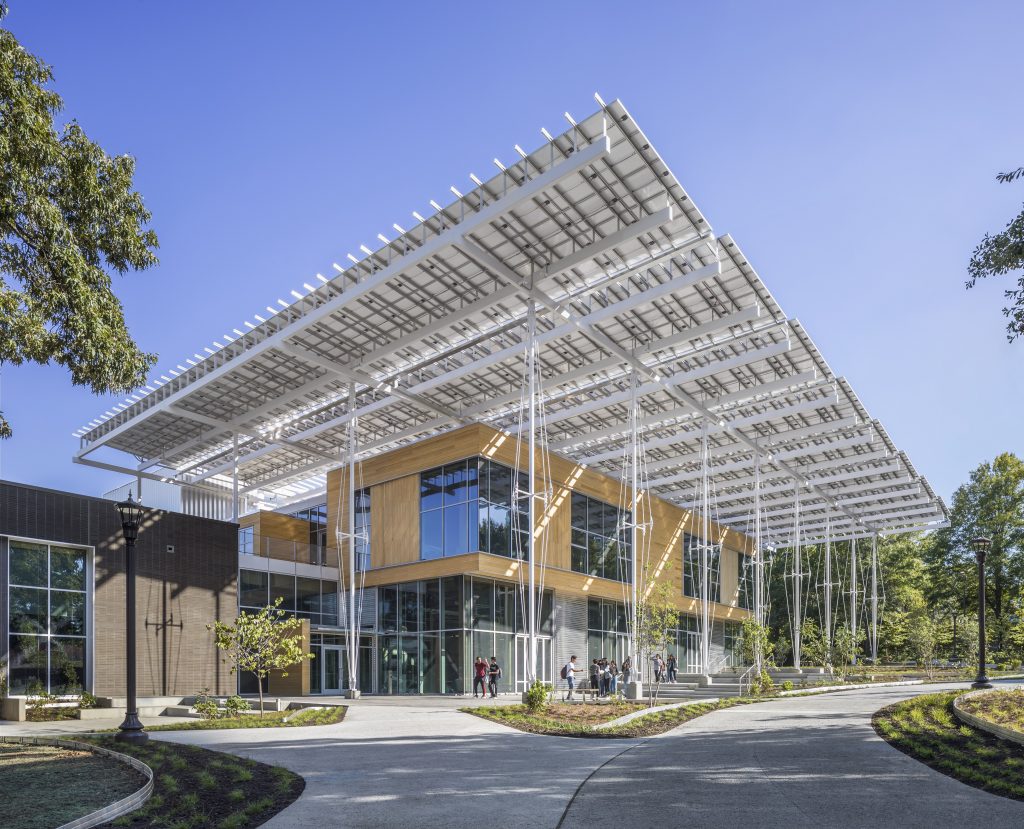
4. Green Buildings that Perform As Advertised
2021 is going to be remembered as the year green building awards and certifications that do not verify performance simply became unacceptable to the market.
With policy and legislative change on the way, greenwashing and other forms of performative allyship are no longer enough. The last IPCC report was clear: we have ten years to make an impact on climate. The market is on board with making real change in this regard (78% returns, anyone?) and under the guidance released by the 2019 Faculty of Actuaries, it’s only a matter of time before it’s part of your insurance criteria.
Rather than paying thousands for a “certification” that does not verify performance, agreeing to another vague corporate commitment, or adding obscure images of plants to your marketing material, consider taking steps to genuinely challenge the status quo through an ILFI certification or label.
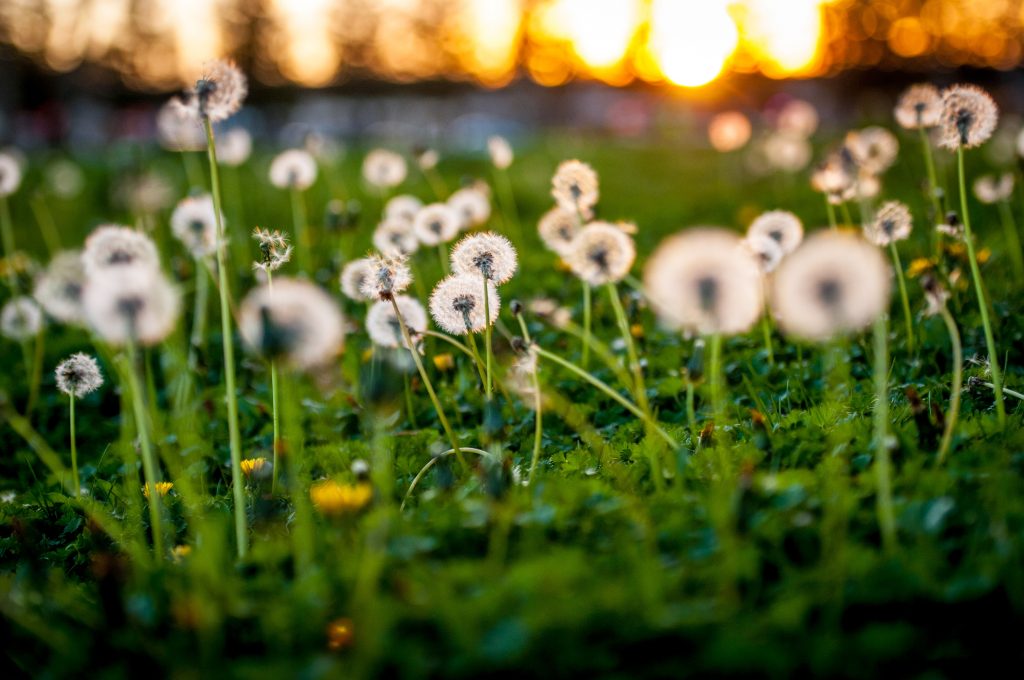
5. Dandelions. Dandelions Everywhere
As our founder, Jason F. McLennan wrote in 2011, in The Tooth of the Lion:
“We carefully and intentionally chose the dandelion – Taraxacum officinale – as the symbol of the ILFI because it stands for many of the same things we do. It is a perfect metaphor. The ILFI is committed to creating truly restorative structures and communities, generating global discussion about the need for transformative change in our built environment and flipping conventional wisdom on its head. Our logo’s beautifully stubborn flower helps us convey all that and more. Think it’s a weed? Think again. “
There is a common misconception that paradigm shifts and meaningful change only occur slowly. Actually, they occur exponentially – slowly at first, and then suddenly, all at once. The next decade is going to be big for ILFI: we’re tracking this same trend in our registered and certified projects, the growth of Living Future Accredited professionals, and our volunteer Ambassadors, as part of the Living Future Network.
Just like a field of dandelions in the springtime.
